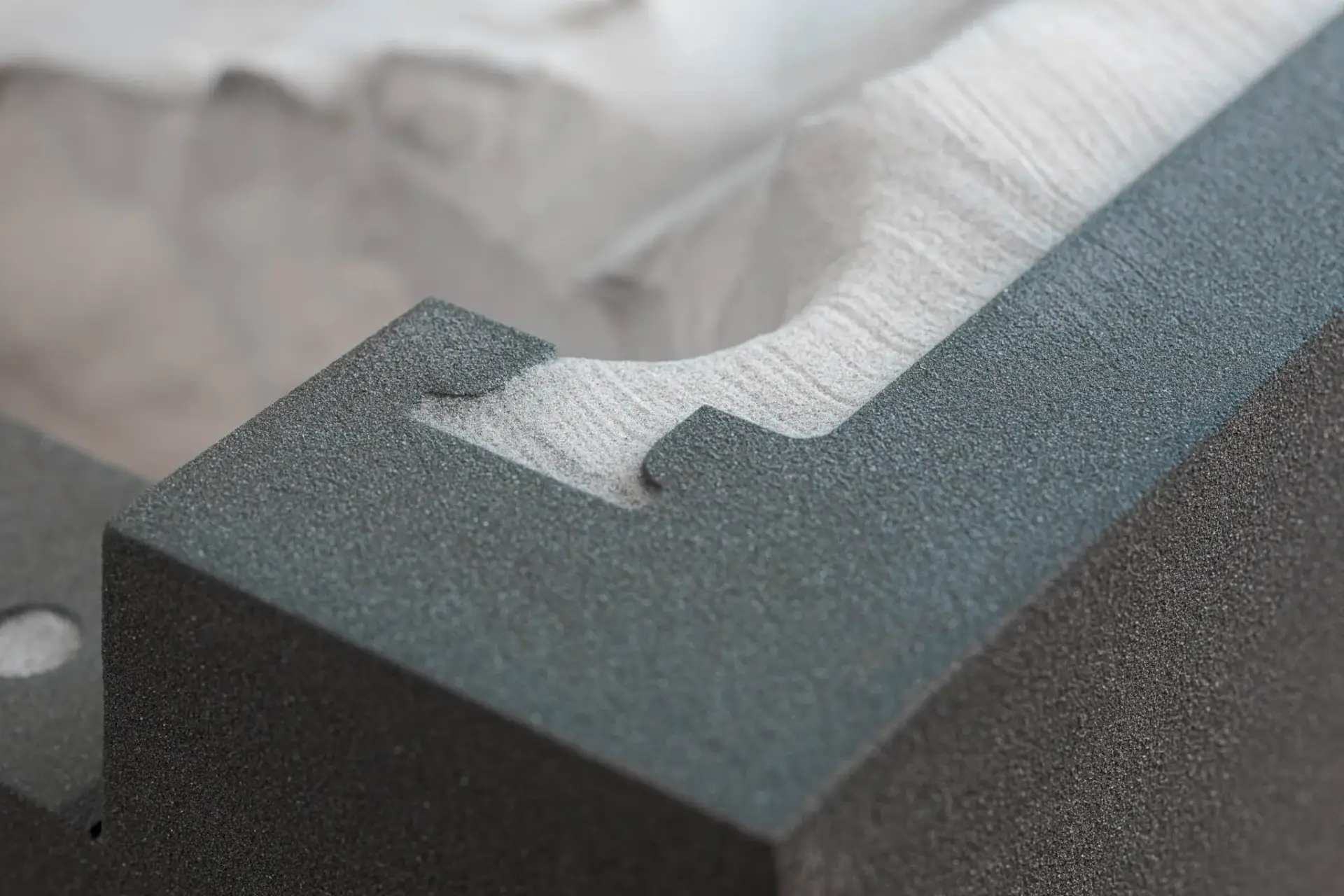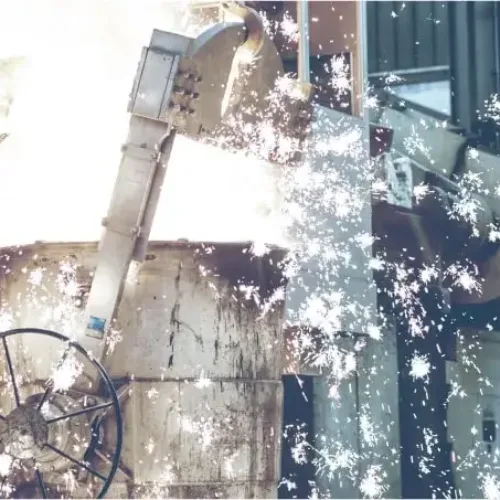

“The 3D printing element opens up new design possibilities [...]. The more customers engage with it, the more excited they are about the potential.”
“This means that several problems in foundry operations can be solved at once.”

© 2025 All Rights Reserved.